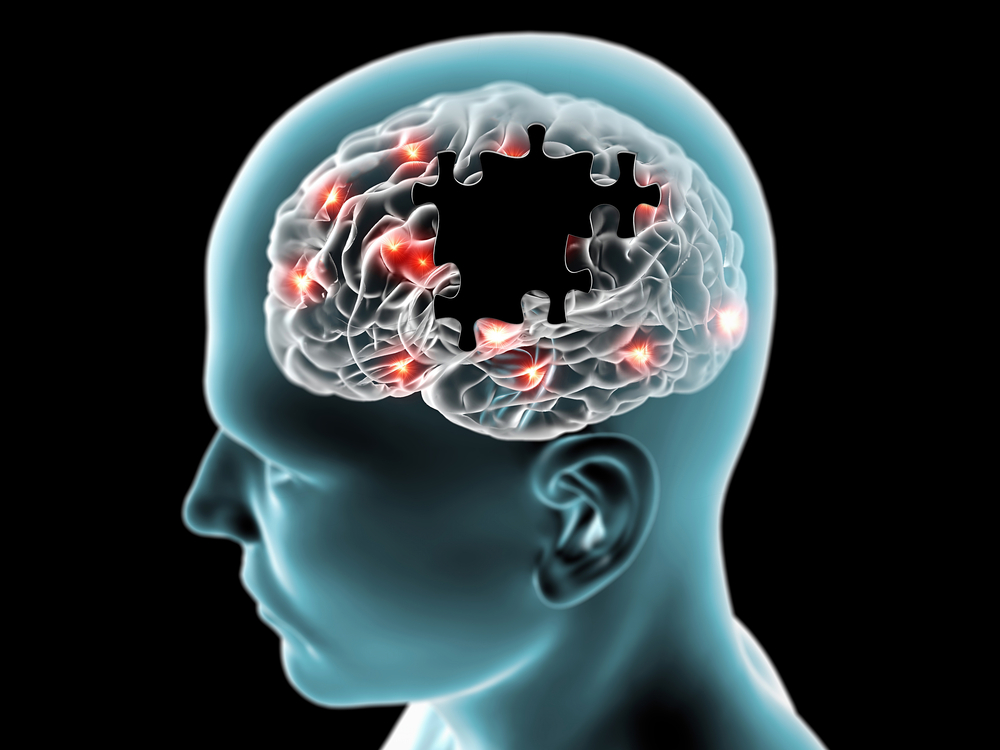White Matter Differences Identified in Early-stage Alzheimer’s Disease, Frontotemporal Dementia

Findings from a study recently conducted by neuropsychologist Christiane Möller as part of her doctoral work showed that patients with Alzheimer’s disease as well as behavioral variant frontotemporal dementia have large differences in their brains’ white matter.
For her research, which is funded by the NWO’s National Initiative Brain & Cognition, she used advanced image analysis techniques on MRI brain scans from early-stage dementia patients.
Alzheimer’s disease and the behavioral variant frontotemporal dementia (FTD) are two dementias that are difficult to distinguish between in early stages. Even with imaging techniques, the difference is often not visible to the naked eye on scans.
In the study, an advanced analysis strategy to measure brain damage not yet visible to the human eye was used. “At a group level the diseases were found to exhibit large differences in the white matter of the brain in particular. In frontotemporal dementia there is a lot of damage to the white matter of the brain in the foremost parts of the brain, whereas in the brains of people with Alzheimer’s disease no damage could be measured compared with FTD. A combination of different analysis methods made the distinction even clearer still.”
The study aims included identifying brain change detection as early as possible and brain differences between the two forms of dementia. “For drug development in particular, a good diagnosis is a prerequisite,” said Möller in the news release. The VU University Medical Center carried out the study together with Leiden University Medical Center and the Erasmus Medical Center in Rotterdam. This research falls under the program ‘Brain & Cognition: societal innovation’ and is funded by the National Initiative Brain & Cognition, a unit of NWO.
Estimates indicate there are nearly 250,000 people suffering from dementia in The Netherlands, and the numbers are even more alarming with the projection that in 2040 there will be half a million people with dementia. Understanding the causes of dementia opens the potential for the development specific therapies to treat the disease.






